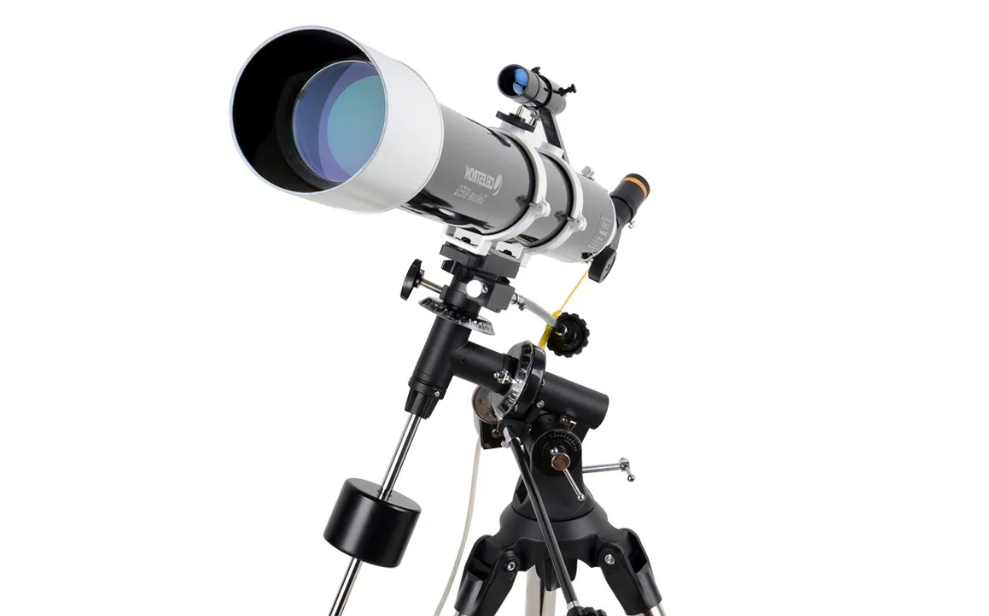Have you ever wondered how far a home telescope can see? Well, it all depends on the specifications and power of the telescope that you are using. Generally speaking, a home telescope can see objects that are millions and even billions of light-years away from us.
The maximum range of a home telescope depends on the size and aperture of the telescope. Aperture refers to the diameter of the telescope's main lens or mirror. The larger the aperture, the more light the telescope can gather and the more detail you can see.
For example, a telescope with a 4-inch aperture can see details on the surface of the Moon, the moons of Jupiter, and Saturn's rings. It can also see some faint nebulae and galaxies. A telescope with a 8-inch aperture can see fainter objects and more details on the planets, as well as more distant galaxies and nebulae.
However, to truly see far into the universe, you will need a professional-grade telescope and an observatory located in an area with minimal light pollution. These telescopes have apertures as large as 30 inches and can detect objects that are billions of light-years away from us.
Despite this, a home telescope is still a great way to explore the night sky and see the wonders of our universe. Whether you are a beginner or an experienced astronomer, there is always something new to discover with a home telescope.
So, the answer to the question of how far a home telescope can see depends on the aperture of the telescope. But don't let that limit your imagination, as there are countless awe-inspiring celestial objects and phenomena to discover, even with a modest-sized telescope.


